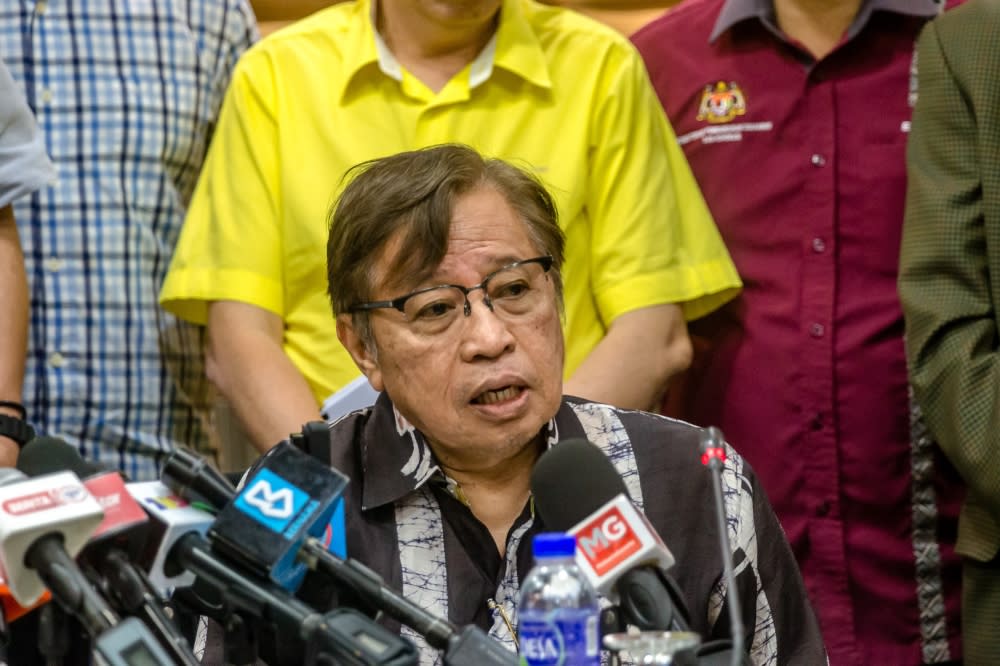Sarawak premier: Less than 1pc of state’s land mass affected by formation of reservoirs for Bakun, Murum and Batang Ai dams

KUCHING, Sept 6 — Sarawak Premier Tan Sri Abang Johari Openg today explained that less than 1 per cent of the state’s total land area is affected by the formation of reservoirs for the Bakun, Murum and Batang Ai dams.
He said should the Sarawak government decide to develop the remaining nine sites, only 2 per cent of the land mass will be affected by the creation of the reservoirs.
“Sarawak is a large territory on the island of Borneo,” he said in his keynote address at the Sustainability and Renewable Energy Forum here.
He said a study commissioned in the 1960s revealed that Sarawak had the potential to produce 20,000 megawatts (MW) from its prospective hydro-power sites.
“Further studies indicated that there are 12 prospective hydropower sites, with a potential of 8,000MW — ensuring that we would have an abundant supply of reliable and renewable energy for the future to meet domestic and export demand,” he said.
He said Sarawak’s natural terrain and rivers are ideal conditions for hydropower development, which has been the foundation for the state’s ongoing socioeconomic transformation and energy transition.
He said up to the mid-80s, Sarawak was completely dependent on fossil fuels and had distributed grids for different cities.
He said in 1985, the state commissioned its first hydroelectric plant, 108MW Batang Ai, in Lubok Antu, Sri Aman Division.
He said with a greater understanding of what benefits hydropower could deliver for Sarawak, the government launched the Sarawak Corridor of Renewable Energy (Score) in 2008, to further harness hydropower to drive industrialisation, attract investments and drive job and wealth creation in Sarawak through globally competitive tariffs.
“Under Score, the Murum and Bakun Dams have been developed and together with Batang Ai, total almost 3,500MW of renewable energy.
“A fourth 1,285MW hydroelectric project in Baleh is currently under construction and is scheduled for completion towards the end of this decade,” he said.
He premier said these plants are a vital part of rhe state government’s efforts to build a modern power system and state power grid for Sarawak.
“We have also developed small hydropower projects that support off-grid communities and rural electrification in Sarawak’s many remote villages.
“Under the Ministry of Utility and Telecommunication, Sarawak Energy has also achieved close to full electrification through grid and off-grid solutions,” he said.
The premier said hydropower offers a sustainable renewable energy option that can benefit Sarawak beyond mere electricity generation.
He said it has also allowed the state to reduce the carbon emission intensity of its power system by 73 per cent between 2010 and 2021, contributing to the state’s net zero and sustainability commitments.
He said renewable hydropower’s lower levelised cost of electricity benefits Sarawak’s domestic, industrial and export customers by providing them with affordable, reliable, and sustainable electricity, addressing the energy trilemma.
“Sarawak offers the lowest average unsubsidised tariffs in South-east Asia with an added competitive advantage and that our electricity is primarily green,” he said, adding that this has attracted bulk power. customers.



